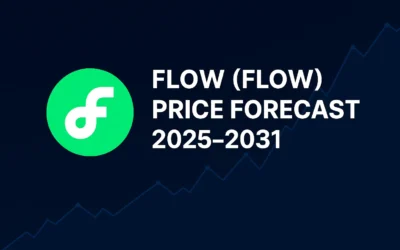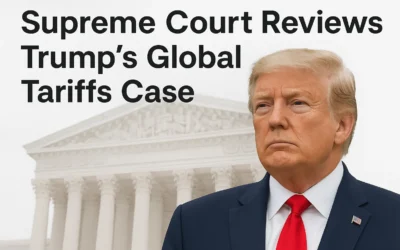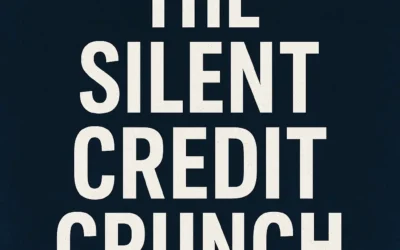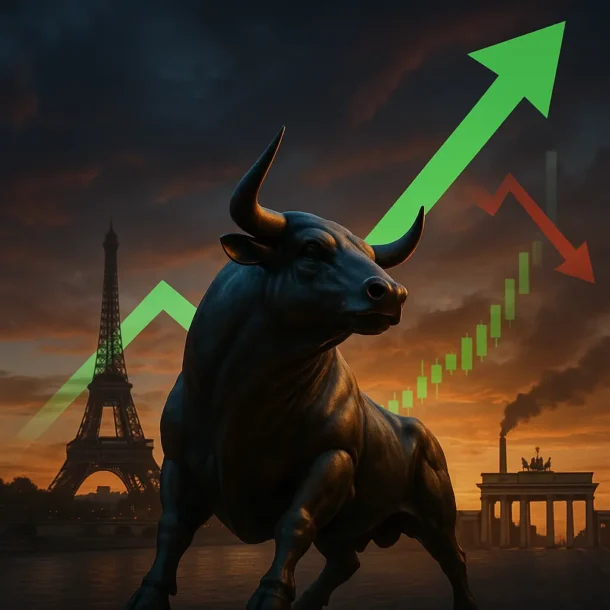In a decisive move to bolster support for Ukraine amid its ongoing conflict with Russia, the European Union (EU) has unveiled an audacious plan to redirect profits from frozen Russian assets into a high-yield investment fund aimed at sustaining Ukraine’s war-torn economy. This strategic initiative, reported by Politico on June 19, 2025, signals Brussels’ commitment to innovative financial mechanisms to ensure Ukraine’s resilience, even as global geopolitical dynamics shift. By channeling approximately €200 billion in immobilized Russian state assets into riskier but potentially more lucrative investments, the EU is taking a calculated gamble to secure long-term funding for Kyiv without breaching international law. This blog post explores the details, implications, and challenges of this bold strategy, underscoring its significance in the broader context of European solidarity and global finance.
The Plan: A Financial Gambit for Ukraine’s Future
Since Russia’s full-scale invasion of Ukraine in February 2022, Western nations have frozen an estimated $300 billion in Russian sovereign assets, with over €200 billion held by Euroclear, a Belgium-based clearinghouse. These assets, primarily government bonds, have generated steady but modest returns under conservative investment strategies managed by the Belgian central bank. To date, the EU has transferred €1.55 billion in interest to Ukraine, including a payment in July 2024 to support a $50 billion G7 loan. However, with the EU’s €18 billion contribution to this loan set to be depleted by the end of 2025, Brussels is now exploring ways to maximize returns to meet Ukraine’s escalating financial needs.
The proposed plan involves transferring nearly €200 billion of these frozen assets into a new EU-managed “special purpose vehicle” or investment fund. Unlike the current low-risk framework, this fund would pursue higher-yield, riskier investment strategies, potentially generating billions more in profits to support Ukraine’s economy and defense efforts. EU officials, as cited by Politico, emphasize that this approach avoids direct confiscation of the principal, which could violate international law and erode trust in Western financial systems—a concern raised by the International Monetary Fund and countries like France, Germany, and Belgium.
Why Now? Geopolitical and Economic Imperatives
The timing of this initiative is no coincidence. With U.S. President Donald Trump threatening to scale back American support for Ukraine, the EU is under pressure to fill the funding gap. Ukraine requires approximately $100 billion annually in external financial aid to sustain its war effort and rebuild its infrastructure. The depletion of the G7 loan by 2026, coupled with strained European budgets, has pushed Brussels to innovate. As European Commission spokesperson Markus Lammert announced on June 19, 2025, the EU plans to keep Russian assets frozen at least until the end of 2025, using their profits to reduce reliance on Western taxpayers and counter arguments against sustained support for Ukraine.
Moreover, the plan serves as a hedge against internal EU challenges. Hungary, a frequent skeptic of EU sanctions on Russia, could veto their renewal, potentially unfreezing the assets. By creating a majority-vote mechanism for the new fund, Brussels aims to mitigate this risk, ensuring continuity of support for Ukraine. This move also aligns with broader EU defense priorities, as evidenced by the €800 billion plan to boost military production and the Security Action for Europe (SAFE) regulation, both designed to counter Russian aggression.
Opportunities and Risks: A High-Stakes Balancing Act
The potential benefits of this strategy are significant. Higher returns from riskier investments could provide Ukraine with a steady stream of funding, reducing the financial burden on EU member states and reinforcing Europe’s geopolitical autonomy. The plan also sends a strong message to Moscow: its frozen assets will continue to undermine its war efforts indirectly. By avoiding outright seizure, the EU maintains a veneer of legal compliance, preserving the integrity of its financial institutions—a critical consideration given concerns from countries like China about the safety of their reserves in Western markets.
However, the risks are equally pronounced. Riskier investments, by definition, carry the potential for losses, which could undermine the fund’s objectives and draw criticism from EU capitals already grappling with domestic budget constraints. Politico’s comparison of the scheme to the infamous “MMM” pyramid scheme, while hyperbolic, underscores the perception of financial adventurism. Additionally, Russia has condemned the plan, with figures like Kirill Dmitriev, head of the Russian Direct Investment Fund, accusing Brussels of prolonging the conflict. Any misstep could escalate tensions or embolden Russian retaliation, including cyberattacks or sabotage, as warned by EU foreign policy chief Kaja Kallas on June 18, 2025.
The Bigger Picture: A Test of European Resolve
This investment plan is more than a financial maneuver—it’s a litmus test for the EU’s ability to act decisively in a fractured global landscape. By leveraging Russia’s own resources to support Ukraine, Brussels is asserting its strategic ingenuity and moral commitment to Kyiv’s sovereignty. The plan complements other EU initiatives, such as the 18th sanctions package targeting Russia’s energy and banking sectors and Poland’s proposal to use post-COVID funds for defense. Together, these efforts reflect a broader shift toward a more assertive European security posture, particularly as uncertainties loom over U.S. leadership.
For business leaders, investors, and policymakers, this development signals both opportunity and caution. The creation of a high-yield fund could open new investment avenues, but its political and financial risks warrant close scrutiny. Stakeholders in the financial sector, particularly those with exposure to Euroclear or EU bonds, should monitor the fund’s structure and performance, as its success could reshape perceptions of risk in geopolitically sensitive investments.
Conclusion: A Bold Step Forward
Brussels’ plan to redirect Russian asset profits into a riskier investment fund is a daring yet pragmatic response to Ukraine’s urgent needs. By balancing legal constraints, financial innovation, and geopolitical strategy, the EU is charting a path to sustain its support for Kyiv while navigating internal and external challenges. As discussions among EU finance ministers continue, the world will be watching to see if this gamble pays off—or if it becomes a cautionary tale of ambition outpacing prudence.
For now, one thing is clear: the EU is not backing down. Its willingness to harness Russia’s frozen wealth to fuel Ukraine’s resilience underscores a fundamental truth—solidarity, when backed by bold action, can turn even the most immobilized assets into instruments of change.
Did you find this article insightful? Subscribe to the Bullish Stock Alerts newsletter so you never miss an update and gain access to exclusive stock market insights: https://bullishstockalerts.com/#newsletter
Avez-vous trouvé cet article utile ? Abonnez-vous à la newsletter de Bullish Stock Alerts pour recevoir toutes nos analyses exclusives sur les marchés boursiers : https://bullishstockalerts.com/#newsletter









0 Comments